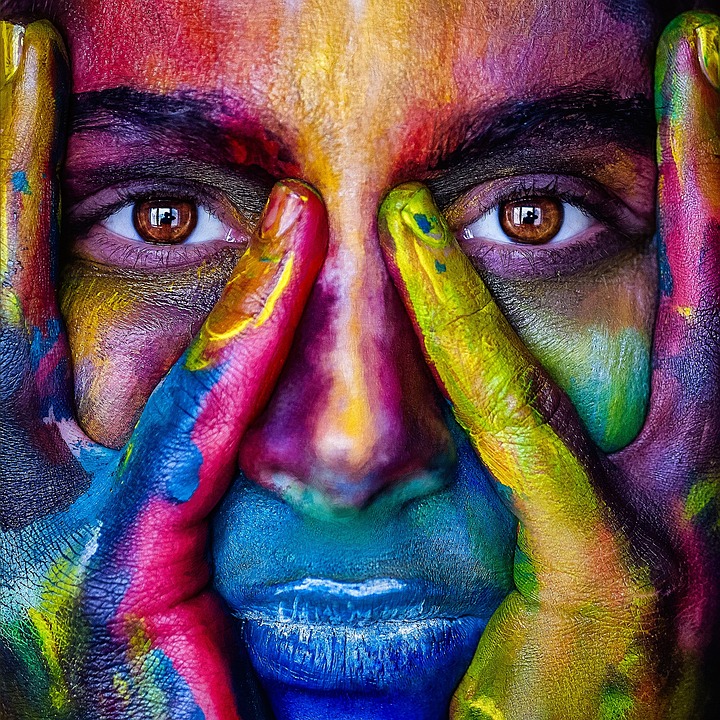Exploring the Evolution of Cinematic Arts: From Silent Films to Virtual Reality
Cinematic arts have come a long way since the era of silent films. The progression of technology and artistic vision has transformed the way we experience movies, opening up new possibilities and dimensions in storytelling. From the humble beginnings of black and white, dialogue-less pictures to the immersive virtual reality experiences of today, let us embark on a journey through the evolution of cinematic arts.
Silent films, popularized in the late 19th century, relied heavily on visual storytelling. Directors such as Charlie Chaplin and Buster Keaton mastered the art of physical comedy, utilizing exaggerated gestures and expressions to convey emotions and narratives. These films required a high level of interpretive skill from the audience, as there were no dialogues or sound effects to guide them. Despite these limitations, silent films laid the foundation for the language of cinema, emphasizing visual storytelling and the power of cinematic techniques.
The introduction of synchronized sound in the late 1920s brought about a revolution in the cinematic arts. “The Jazz Singer” is famously known as the first feature-length film to incorporate synchronized sound, marking the end of the silent era. Sound added a new dimension to storytelling, allowing filmmakers to portray dialogue, ambient sounds, and musical scores. This breakthrough opened up avenues for more nuanced narratives and emotional connections with the audience.
As technology advanced, color films emerged in the 1930s, bringing a vibrant visual experience to the big screen. Films like “The Wizard of Oz” and “Gone with the Wind” showcased the power of color to enhance storytelling, creating rich and immersive worlds. Color became a tool for filmmakers to evoke emotions, set the mood, and differentiate between various themes and story arcs.
The next significant evolution in cinematic arts came with the introduction of digital effects and computer-generated imagery (CGI). Films like “Jurassic Park” and “The Matrix” showcased the potential of CGI, allowing filmmakers to bring impossible worlds and fantastical creatures to life with remarkable realism. Suddenly, the boundaries of storytelling were pushed further than ever before, enabling directors to create breathtaking visuals and groundbreaking action sequences that were unimaginable in the past.
In recent years, we have witnessed yet another wave of innovation with the rise of virtual reality (VR) in cinematic arts. VR has revolutionized the way audiences experience films by immersing them in a 360-degree environment. Viewers can virtually step into the shoes of characters, exploring different perspectives and interacting with their surroundings. This technology has the potential to transform storytelling, blurring the lines between reality and fiction, and offering a more participatory experience.
Furthermore, the advent of VR has given rise to the concept of interactive movies, allowing viewers to make decisions that affect the outcome of the story. This interactive narrative format allows for personalized and dynamic storytelling, enhancing the sense of agency and engagement.
As we explore the evolution of cinematic arts, it becomes evident that technology and artistic vision have continuously pushed the boundaries of storytelling. From silent films to virtual reality, each technological advancement has shaped and enhanced the way we experience movies. The cinematic arts continue to evolve, promising exciting possibilities for the future of storytelling. Whether through groundbreaking visual effects, immersive experiences, or interactive narratives, the world of cinema will undoubtedly continue to captivate and transport us into new realms of imagination.

